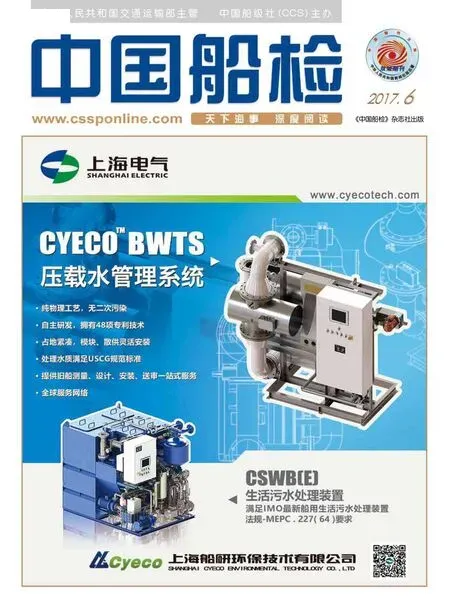The landmark signi fi cance of 3D- printed ship propellers
Reporter Liu Xiao
The landmark signi fi cance of 3D- printed ship propellers
Reporter Liu Xiao
On the industrial exhibition in Hannover, German this year, a 3D-printed ship propeller won the industry's focus. The reason is that this is closely related to metal incremental technology "entering" the real shipbuilding industry. It is reported that, due to the lack of alloy materials, and the difficulty of the mechanical properties of alloys to meet the needs of shipbuilding or marine offshore engineering industry, it has been diff i cult for alloy materials to be applied extensively. During the interview, the argument was also supported by relevant evidence. The reporter learned that the shipbuilding and marine offshore engineering industry needs various kinds of materials, and there are not much material that can be used directly in metal incremental technology at present. Although some materials can substitute the original parts to improve the performance of the components itself, it is diff i cult for them to be widely used in shipbuilding and marine offshore engineering industry.
So, what is the success of 3D-printed ship propeller? Inan interview six months ago, an expert made an analysis on the technical problems of the metal 3D printing. He once said that metals have a relatively high melting point, so they are faced with a variety of physical processes, heat conduction and surface diffusion during the manufacturing process. In addition, compared with the technology of other 3D printed materials, the rapid prototyping technology of metal parts is also the most complex. Obviously, the shaping of the 3D-printed ship propeller proved that the technical problems that has been troubling the metal 3D printing have been resolved accordingly.
According to people of related research institutions, the materials that can be used for 3D printing is special, they must be able to be liquefied, powdered, “silked”, and can be combined after printing and have eligible physical and chemical properties. Compared with the powder of raw materials, the wire materials used by RAMLAB greatly accelerated the process of 3D printing, and also reduced the cost of printing. With the hybrid solution combining 3D printing and CNC cutting combination, we believe that it will also provide more feasible solutions for 3D printing of ships’ components in the future.
Nowadays, metal incremental technology is gradually entering the shipbuilding industry, and it is worth discussing as to what tests will be in the future development.
First of all, the cost is the barrier to be resolved for metal incremental technology development. Our reporter has learned that at present the cost of making metal incremental is relatively higher than other large-scale processing technology. Moreover, there are some other factors behind the higher price of metal incremental technology and processing structure. Firstly, the cost, whether to use metal powder or wire is much higher than the metal material of traditional techniques.
Secondly, both the processing heat source and the control of processing environment have higher requirements for environment than the traditional processing methods.
Thirdly, as a developing manufacturing technology at present, the maturity of metal incremental technology cannot be compared with other manufacturing technology such as metal cutting, casting, forging, welding, powder metallurgy and so on, there are a lot of research work to be done. These reasons all will make the price of ship fi ttings made by metal incremental technology be diff i cult to "be close to people" in a short time.
During the interview, many industry insiders still believe that the strength, hardness, precision of 3D-printed product cannot meet ship requirements, and one of the concerns is that whether the printed product is capable of bearing when a ship's components need to be loadbearing and susceptible to high pressure and high temperatures. However, experts also admitted that, it will become a reality for 3D printing technology to be widely used in shipbuilding industry when the development of 3D technology has had developed to a certain stage and can print out a variety of sophisticated metal objects in the future.

